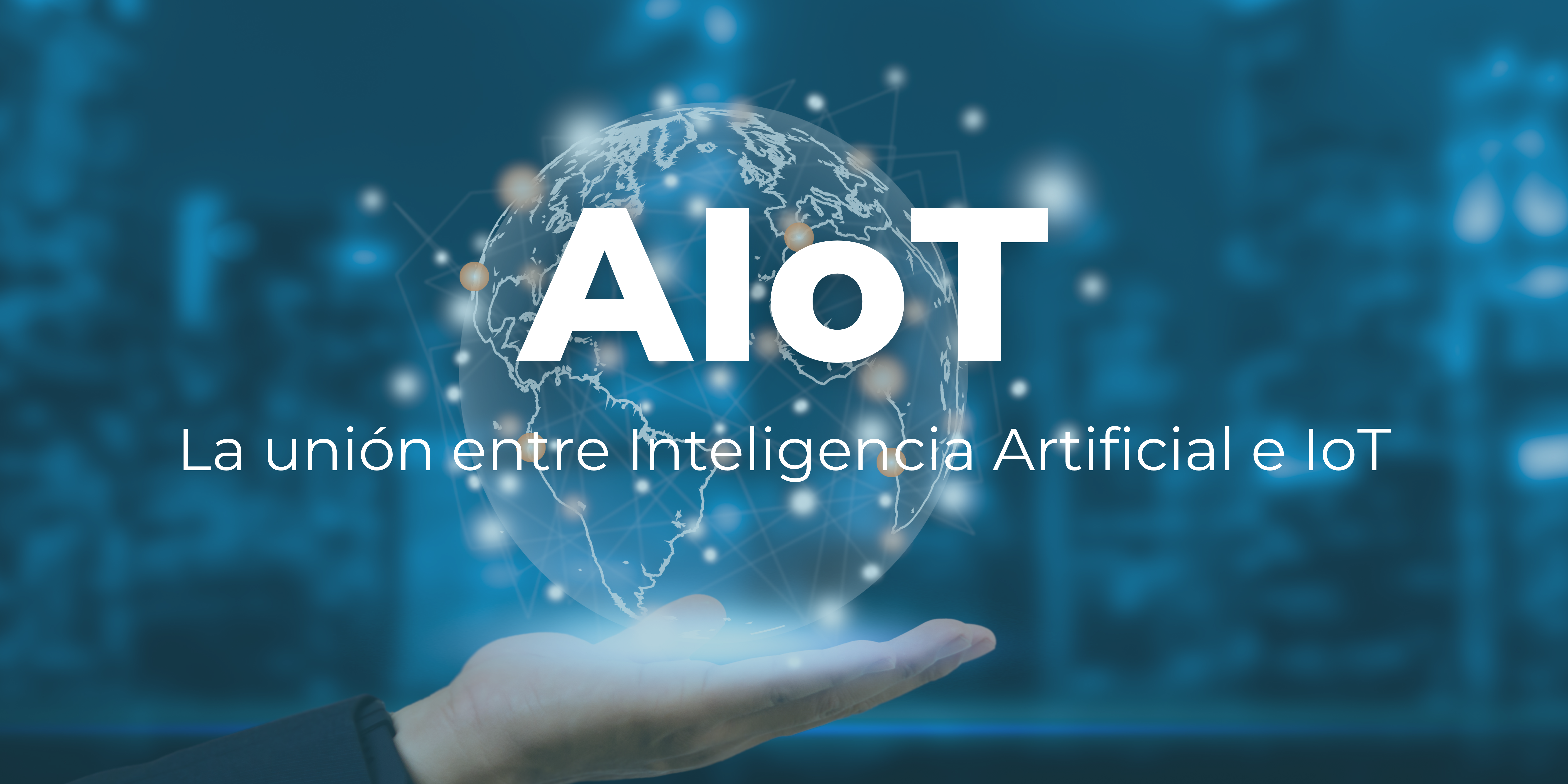
The Internet of Things (IoT) and artificial intelligence (AI) are two of today's most disruptive technologies.
So the combination of the two, known as AIoT, has the potential to revolutionize the world as we know it.
What is AIoT
AIoT is the acronym for Artificial Intelligence of Things.
And it refers to the combination of two technologies: Artificial Intelligence (AI) and the Internet of Things (IoT).
This technology enables physical objects to be equipped with machine learning and decision-making capabilities, driving automation, efficiency and improved quality of life.
Hence, AIoT devices use artificial intelligence to learn from our behaviors, anticipate our needs and make decisions for us.
For example, virtual assistants such as Alexa and Google Home use AIoT to answer our questions, play music and control smart devices in our home.
How AIoT works
The AIoT process is divided into the following stages:
- Data collection: Physical objects connected to the IoT collect data about their environment. This data may include temperature, pressure or humidity
- Communication: IoT devices transmit the data collected through communication networks, such as wifi, bluetooth, or cellular networks, so that the information is available in real time.
- Data analysis: The data collected by the physical objects is sent to the cloud, where it is analyzed by AI algorithms, identifies patterns and learns to make decisions.
- Decision making: The Internet of Things: Physical objects connected to the Internet of Things use artificial intelligence algorithms to make decisions. For example, a smart thermostat can use AI to learn users' energy consumption habits and adjust the house temperature accordingly. Or an AIoT car might employ AI to avoid obstacles and drive safely.
- Actions: Depending on the decisions made, commands can be sent to IoT devices to perform specific actions, such as adjusting the temperature of an air conditioner, activating an irrigation system or sending security alerts.
AIoT applications
AIoT has a wide range of wide range of applications in various industries. Some of them are:
- Health and personal care.
- Agriculture.
- Industrial automation.
- Transportation.
- Automated manufacturing.
- Smart cities and smart homes.
Challenges of AIoT adoption
The adoption of AIoT is not without challenges that must be addressed to take full advantage of this technology. Here are some of the most relevant challenges that must be overcome::
- Security and privacy: The combination of Artificial Intelligence and the Internet of Things generates a large amount of sensitive data that needs to be protected from possible cyber-attacks.
In addition, it is necessary to establish clear policies and regulations to ensure user privacy.
- Interoperability and standards: The lack of common standards and the lack of interoperability between AIoT devices and systems make it difficult to integrate and exploit their full potential.
- Complexity and cost: AIoT implementation involves a complex and costly infrastructure that can be an obstacle to its widespread adoption.
It is therefore essential to find ways to simplify and reduce the associated costs.
- Ethics and responsibility: AI in AIoT raises ethical questions, such as autonomous decision making and liability in case of possible errors.
It is therefore essential to establish ethical principles and clear rules for their responsible application and to avoid undesirable consequences.
- Lack of skills and training: AIoT technology requires trained personnel with specialized knowledge for its development, implementation and management.
The shortage of qualified professionals in this field may slow its adoption.
Overcoming these challenges will require the collaboration and commitment of the different stakeholders involved, such as companies, governments and organizations, to work together on viable and sustainable solutions that will drive the mass adoption of AIoT.
Future of AIoT: trends and prospects
AIoT is a powerful combination of evolving technologies in constant evolution that have the potential to transform the way we live, work and interact with the world.
Its benefits in terms of efficiency, intelligent decision making and personalization are undeniable, and its applicability in various industries opens up a world of opportunities for innovation and progress in both personal and professional life.
Therefore its future looks promising with several trends and perspectives that will mark its development. Some of them are:
- Progress in connectivity.
- More relevance to data security and privacy.
- The rise of edge computing.
- Increased sophistication of Artificial Intelligence algorithms.
- Integration with other emerging technologies, such as augmented reality (AR), virtual reality (VR) and quantum computing.
What do you think of AIoT, and do you see it as having the potential to transform the world?
